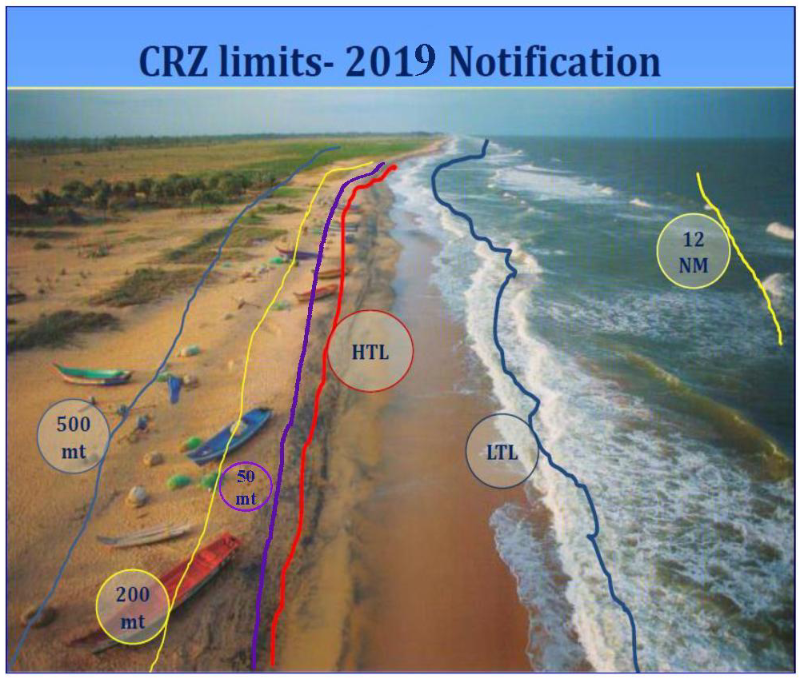
Environment rhetoric
the sobering experience of reality
Does “CRZ” mean anything to you?
It is the acronym of Coastal Regulation Zone in India which is managed by the Ministry of Environment and Forests and an emanation of the Environment Protection Act, 1983, section 3.
Does “CRZ” mean anything to the Mata Amritanandamayi Math?
Not much. Let us see why.
According to an enquiry published by the now defunct Indian edition of the HuffingtonPost in 2020[1], the MAM is said to be guilty of 508 violations while 83 large-scale constructions are supposedly violating all laws.
According to local authorities, the plans for only 10 of those constructions having been submitted to them, they authorised the organisation to use them until further notice. But they gave them no permission for the remaining 73.
As a matter of fact, the 16km-long strip of land of Alappad on which Amritapuri (the ashram having become a mini town) is located has a width of 30 to 500 meters maximum. The officials claim that the organisation is not only guilty of “illegal construction in an ecologically sensitive coastal zone” but also of ignoring repeated notices from the Village Council: “The Math ignores our notices and shows scant regard to the environmental and survival concerns of the local community”. Moreover, they seem to be unable to provide title deeds: “Despite our repeated notices, Math authorities were unable to produce land records and building plans to prove the constructions as legal”, the authorities said. According to them, the organisation seems also to have exempted itself of property tax worth the equivalent of several hundreds of thousands of dollars.
Moreover, the org seems to be guilty of owning land in excess of 162 hectares (1 ha = 2,5 acres) according to Kerala law, where organisations are limited to 6 hectares.
The local fisherfolk, native inhabitants of this strip of land, complain that these CRZ violations have aggravated marine erosion having resulted in more than 8,000 hectares of land being swallowed by the sea in 20 years, forcing many of them to leave their homes and relocate.
Amritapuri is not the only place where the org disregards the environmental regulations. In Cochin, the local authorities have noticed that no less than 76 buildings belonging to the org should be razed.
The HuffPost did not cover the environmental violations of the org regarding sewage: since its inception, Amritapuri dumps in fact its sewage, and even pumps it, in the backwaters, causing significant nuisance to residents and the environment. The neighbouring Amrita School of Engineering seems also to have replicated the system. Local residents protested and went on hunger strike but this was not reported in the local media beholden to the org.
Although Amma teaches concrete action rather than rhetoric,
“Many people talk a lot about environmental preservation, but true greatness lies in putting these principles into practice and actually doing something about it”[2],
the consistency of violations is one of the striking examples of the double standards practised by Amma and the org.
Extracted from chapter III. 8. “The divine adrift”
More details in the book.
[1] http://web.archive.org/web/20201020032650/https://www.huffingtonpost.in/entry/mata-amritanandamayi-crz-violation-alappad-kollam-kerala_in_5e33f61ac5b6f26233277114
This post is also available in:
![]() Français (French)
Français (French) ![]() Deutsch (German)
Deutsch (German) ![]() Italiano (Italian)
Italiano (Italian)